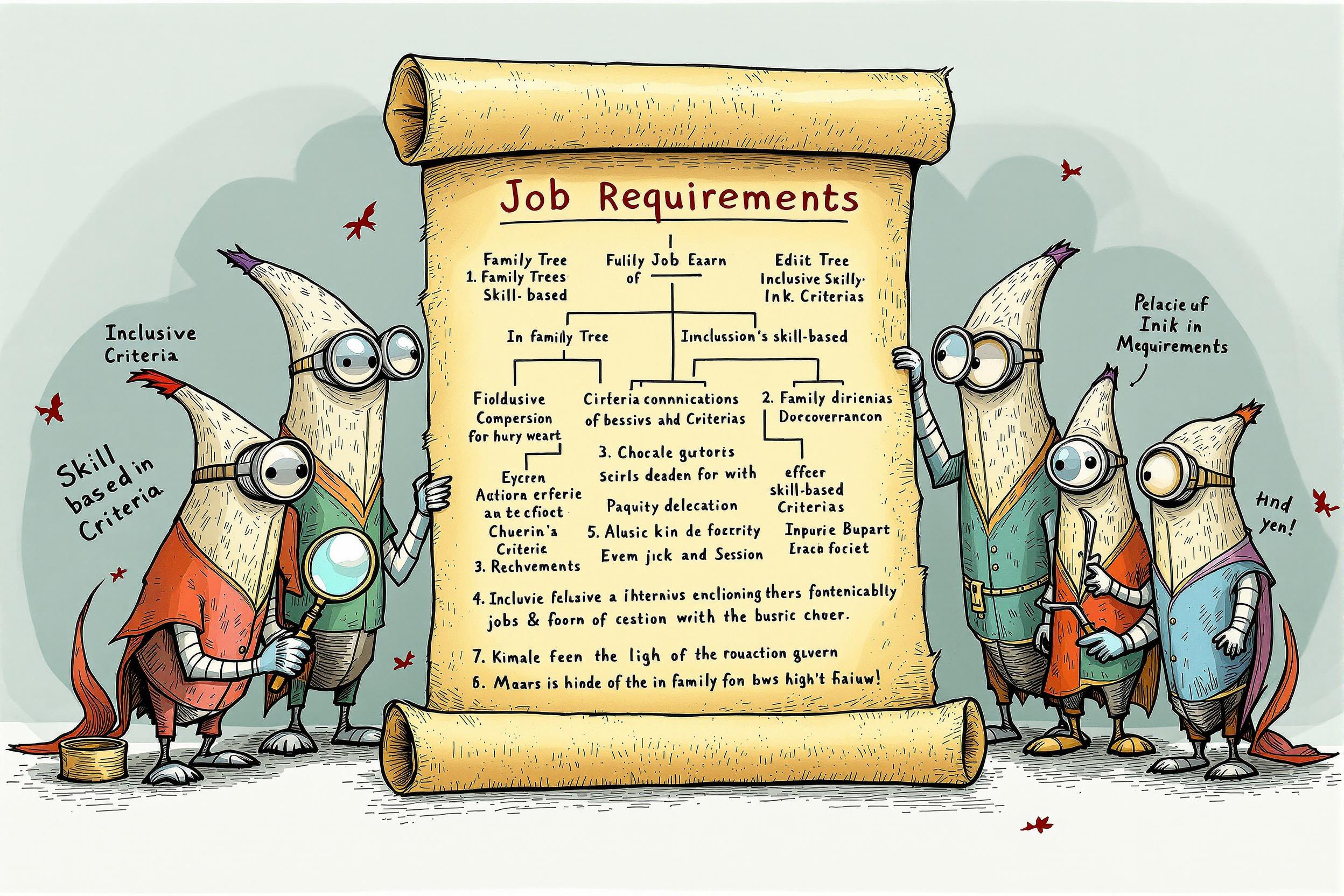
Garment Decoration
Garment Decoration is the process of adding designs, logos, or text to clothing items like t-shirts, hoodies, and caps. This includes various methods such as screen printing, embroidery, direct-to-garment (DTG) printing, and heat transfer. It's a key part of the custom apparel and print-on-demand industry, where businesses create personalized clothing items for customers, teams, or events. Similar terms include custom apparel printing, textile printing, or garment printing. This field combines creative design skills with practical production knowledge to transform blank clothing into customized products.
Examples in Resumes
Managed production of over 1,000 units per day using Garment Decoration techniques including screen printing and DTG
Led a team of 5 Garment Decoration specialists in a high-volume print shop
Developed quality control procedures for Custom Apparel production
Operated multiple Garment Printing stations with 98% customer satisfaction rate
Typical job title: "Garment Decorators"
Also try searching for:
Where to Find Garment Decorators
Industry Communities
Professional Resources
Example Interview Questions
Senior Level Questions
Q: How would you handle a large rush order of 500 custom shirts with a 48-hour deadline?
Expected Answer: A senior decorator should discuss production planning, team coordination, quality control processes, and backup plans for equipment issues. They should mention prioritization, resource allocation, and customer communication strategies.
Q: What systems would you implement to ensure consistent quality across multiple printing stations?
Expected Answer: Should explain quality control checkpoints, staff training methods, standardization of processes, and how to maintain consistency in colors and designs across different machines and operators.
Mid Level Questions
Q: What are the key differences between DTG printing and screen printing, and when would you recommend each?
Expected Answer: Should explain that DTG is better for small orders and detailed designs, while screen printing is more cost-effective for large orders and simple designs. Should discuss durability, cost, and time considerations.
Q: How do you handle customer complaints about print quality?
Expected Answer: Should discuss inspection procedures, problem identification, resolution steps, and customer service approaches. Should mention documentation and quality improvement processes.
Junior Level Questions
Q: What basic maintenance do you perform on printing equipment?
Expected Answer: Should be able to describe daily cleaning procedures, basic troubleshooting, and regular maintenance tasks for common printing equipment.
Q: How do you ensure proper curing of prints on different fabric types?
Expected Answer: Should understand basic temperature and time requirements for different materials, and know how to test if a print is properly cured.
Experience Level Indicators
Junior (0-1 years)
- Basic operation of printing equipment
- Understanding of different fabric types
- Basic design placement
- Quality inspection
Mid (2-4 years)
- Multiple printing techniques
- Color matching and mixing
- Production efficiency
- Customer service
Senior (5+ years)
- Production management
- Team leadership
- Complex print techniques
- Quality control systems
Red Flags to Watch For
- No hands-on experience with basic printing equipment
- Lack of attention to detail in quality control
- Poor understanding of different fabric types
- No knowledge of basic design software




